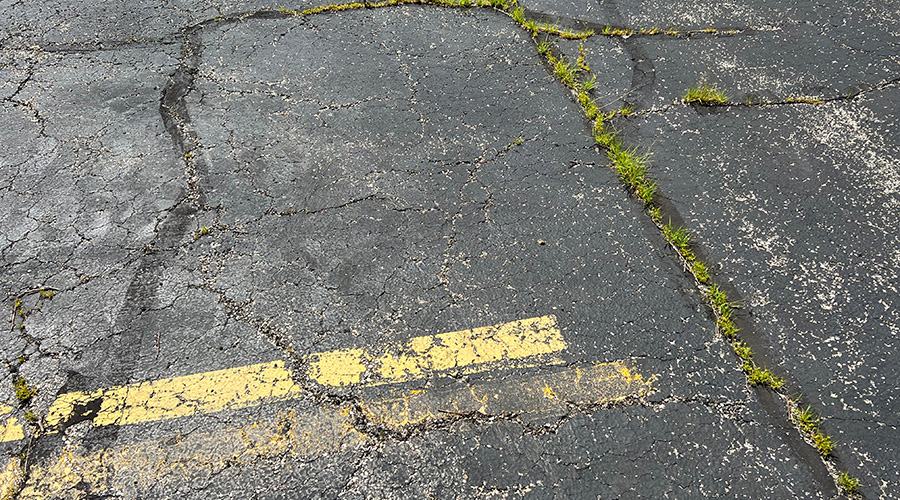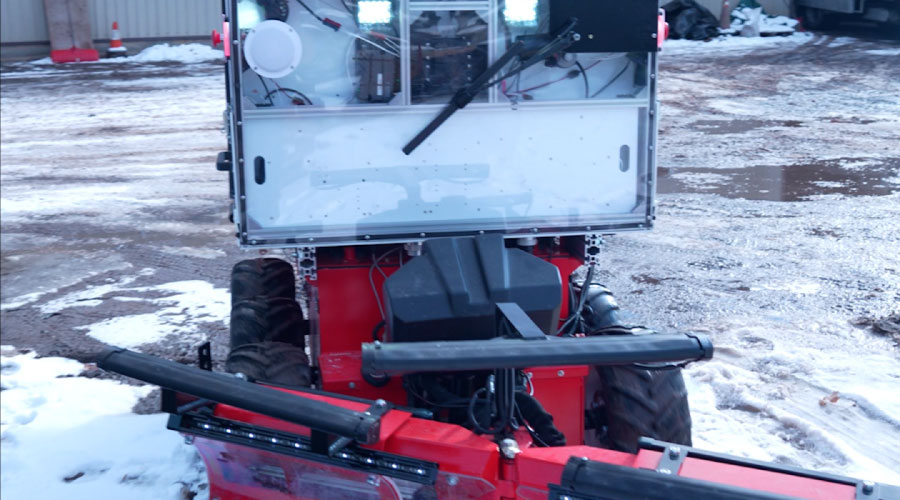Irrigation System Warning Signs and Potential Solutions
Part 1 of a 3 part article on irrigation systems
Institutional and commercial facilities rely on irrigation systems to ensure landscapes retain their appearance and health. A well-manicured landscape, after all, can influence a student’s decision to attend a university or help a patient find comfort during a hospital stay.
But a faulty irrigation system can throw a wrench into those plans. If a landscape consists of scattered puddles of water or brown turf spots, the results can be serious and costly problems for grounds managers.
Justin Shelby, a regional irrigation adviser with ValleyCrest Landscape Companies, spotlights three warning signs that managers might need to replace their irrigation system and two potential ways to help resolve the issues and reduce water use and costs in the process.
Maturing landscapes
When an irrigation system is in place longer than the vegetation around it, grounds crews must keep an eye on plant growth to ensure sprinkler heads remain free of trees and shrubs. Five years of growth around a system can create issues, Shelby says.
Drip and sprinkler irrigation systems are susceptible to growth issues. Drip systems drop water near plant roots, while sprinkler systems are buried mostly underground and the heads rise when water pressure increases, pushing water outward.
“A lot of times, irrigation that was once functional is not functional now for a full, mature landscape,” Shelby says. “Where 12-inch heads were (once) able to spray over the landscape, they are now spraying directly into the shrubs. The heads are being literally blocked by the landscape.”
Root growth also can cause significant issues for irrigation systems.
“With pipes, heads, and valves, once trees have started to mature, now we have roots being incredibly invasive into our pipes and valve boxes, causing failures and structural integrity issues,” Shelby says.
Animals also can pose hazards to irrigation systems.
“Animals greatly affect drip irrigation,” Shelby says. “Rabbits, rats and squirrels love to chew on (system parts). It’s vandalism from the animals. The other interesting thing is that ants are incredibly invasive in valve boxes and electrical components. You can actually have electric failures from ants shorting out circuitry.”
Related Topics:















